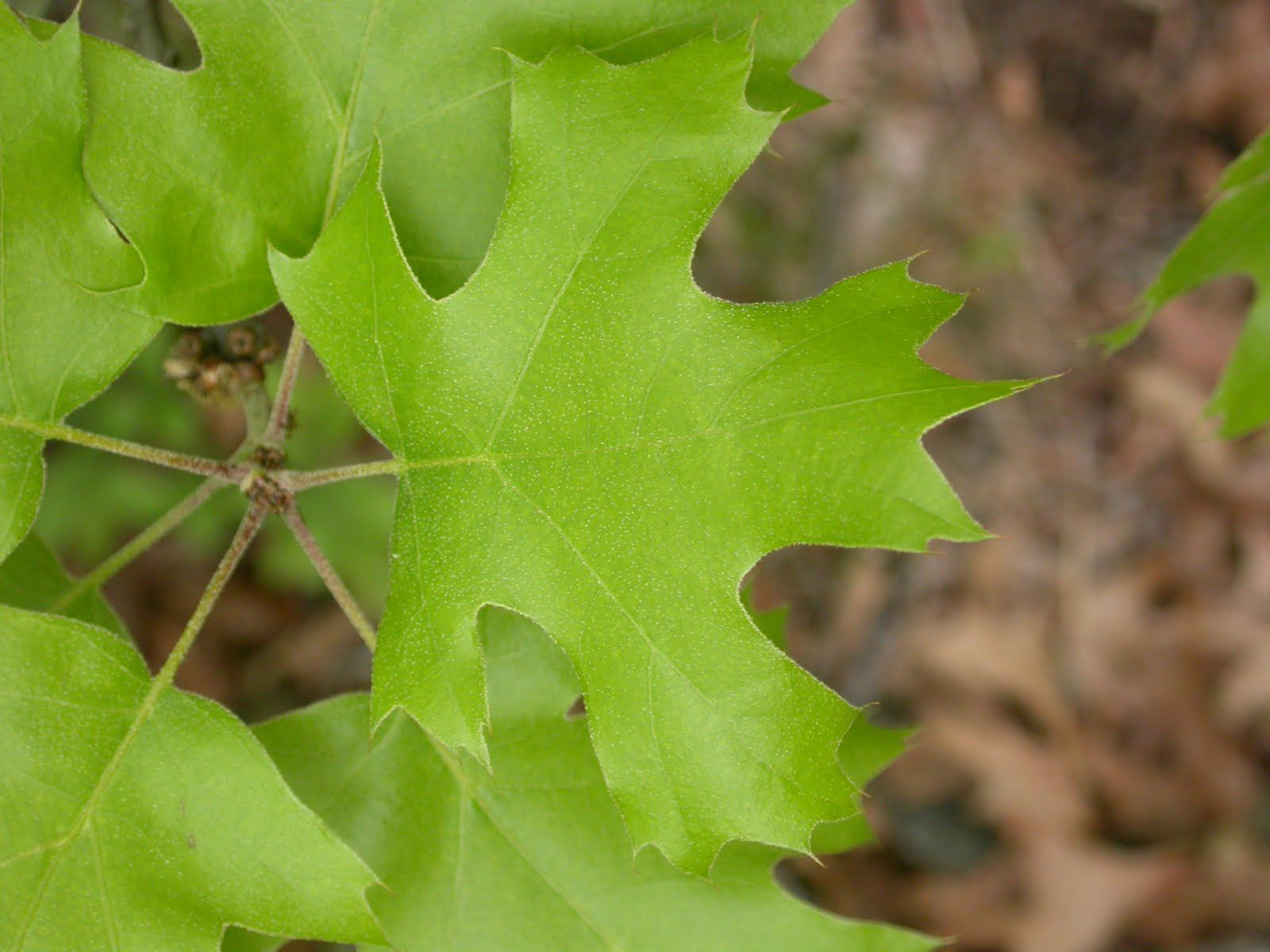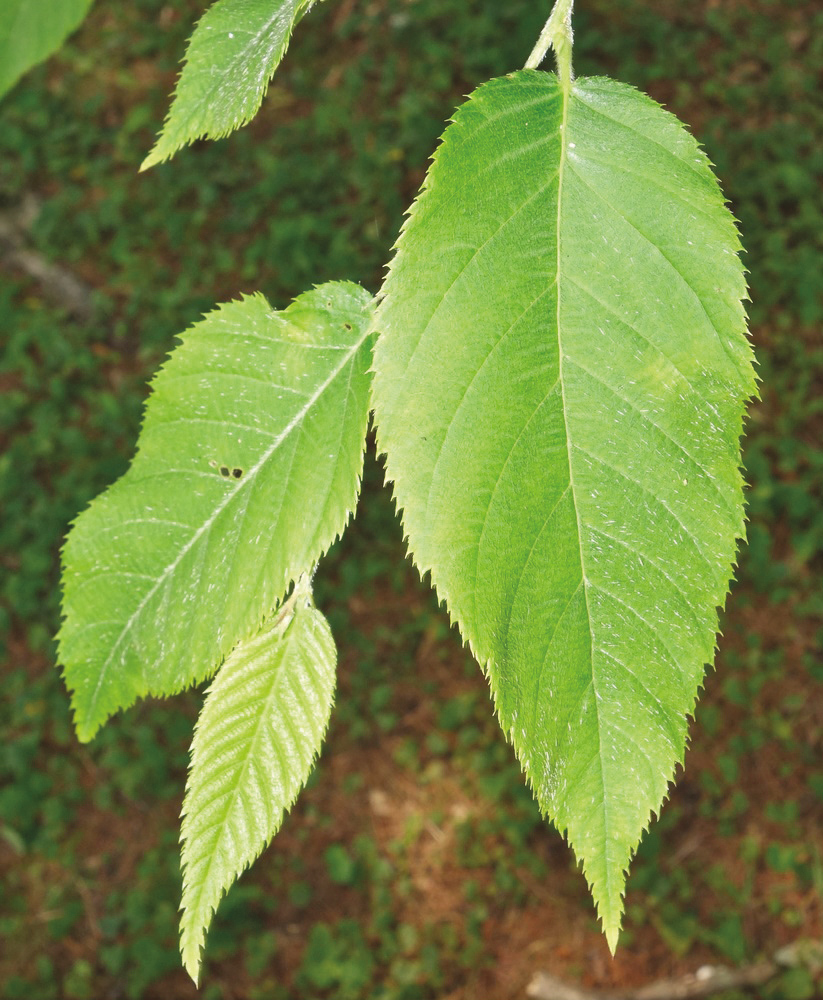One in ten plants at the Arboretum holds conservation status

The results are in! The Arboretum’s annual conservation review shows that ten percent of the plants growing in the collection—over 1,200 individual plants outside natural areas—are threatened in the wild. This is a pretty staggering number, but not surprising considering scientists estimate that one in five plant species on Earth is threatened with extinction. At the Arboretum, our next step is to put this knowledge to work to make informed decisions about the plants we grow, how we care for them, how we promote them to scholars, and how we engage the public in protecting biodiversity.
Some species are under greater threat than others, and while we track these various conservation rankings in our plant records database (BG-BASE), we also simplify things by bundling all plants of global “conservation concern” into this one, inclusive category. As a plant-collecting museum, the Arboretum’s most basic application of this label is to target acquisitions from the wild through plant exploration. Fieldwork—gathering observations, photographs, and herbarium vouchers—plays an important role in our documentation process. And, of course, the seeds we collect from the wild and send to our Dana Greenhouses grow up to be future specimens in the living collections.

The Arboretum’s horticulture staff use a suite of digital resources to manage our landscape and provide comprehensive collection care. One of these is ArbDashboard, which integrates maps and collections data including conservation status. With a click of a button, staff can see which plants in our landscape are under threat in the wild. This may trigger prompt action from our horticulturists and arborists, from monitoring or providing extra horticultural care to requesting repropagation of the lineage through cuttings or grafting if the plant is in severe decline.
Our collections serve scholars from all over the world. We provide conservation information to all scholars requesting research material, whether conservation is a focus of their study or not. Sometimes, when scholars are undecided about what species to include in their research, we direct them whenever possible to those of conservation concern. Why? Because any research done on a rare species benefits its conservation, even if it is simply to improve the awareness of the investigator and those who read the published paper (assuming conservation status gets a mention). To increase awareness and make plant selection easier, Conservation Concern is a filter offered on the Plant Search tool on our website (which provides records data on all living and historic accessions) and our map application, Arboretum Explorer.
Lastly, our annual audit helps us share more conservation stories, not just often-told tales like Franklin tree (Franklinia alatamaha) and dawn redwood (Metasequoia glyptostroboides). Public programs staff use the data to promote the importance of conservation and highlight specific plants through interpretive signage, online and in-person tours, and offerings like Tree Mobs. Whether you visit as a student, scholar, or everyday tree enthusiast, take note of the many plant species that are disappearing from nature. Like the conservation label we apply to these plants, awareness is crucial to make sure these plants aren’t lost forever.
